
MSI Gaming Radeon RX 7600 Mech 2X
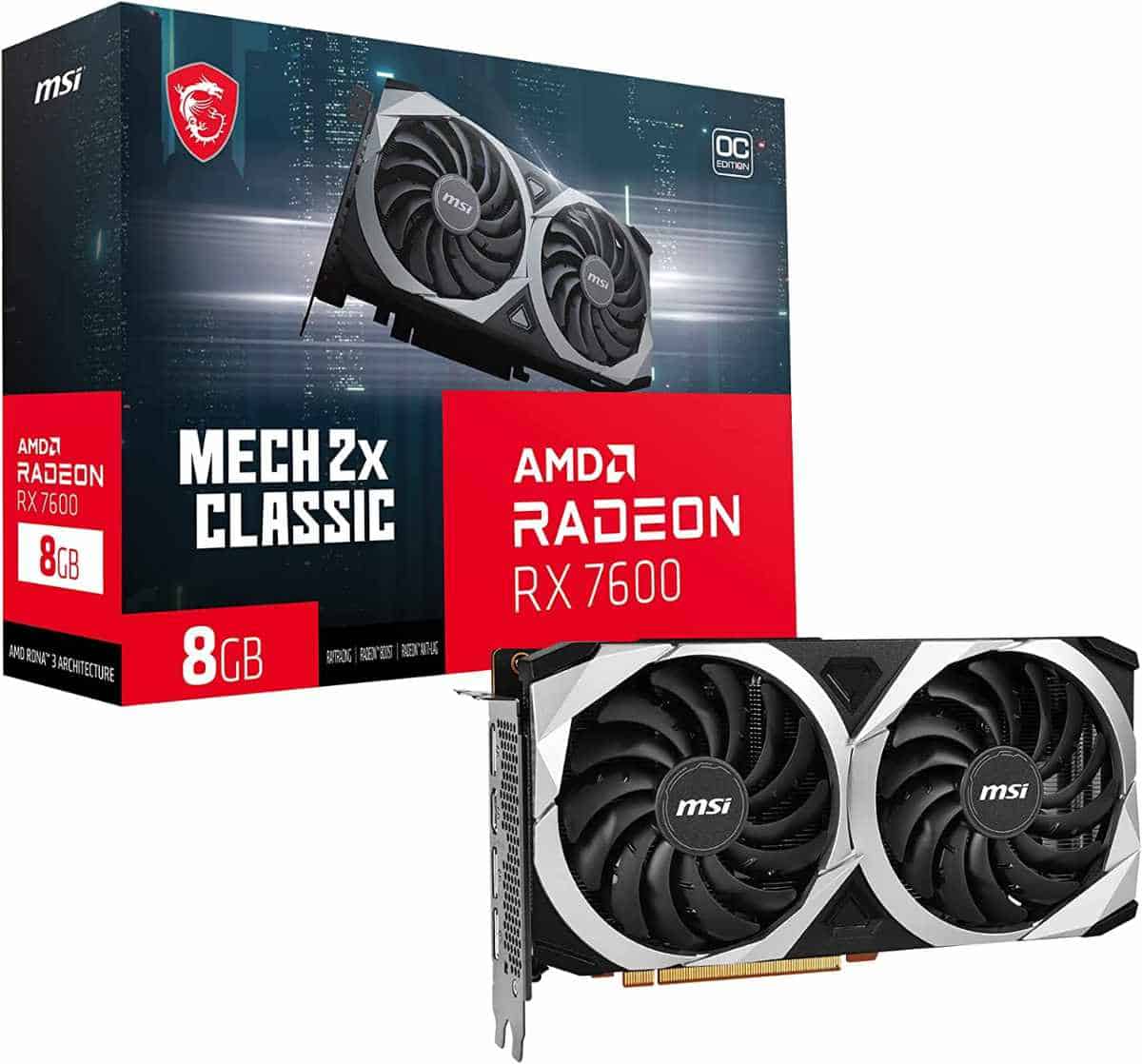
Overclocked model for improved performance offering
Small size able to fit in most cases and avoids any sag
Considering old or new, we see how they compare
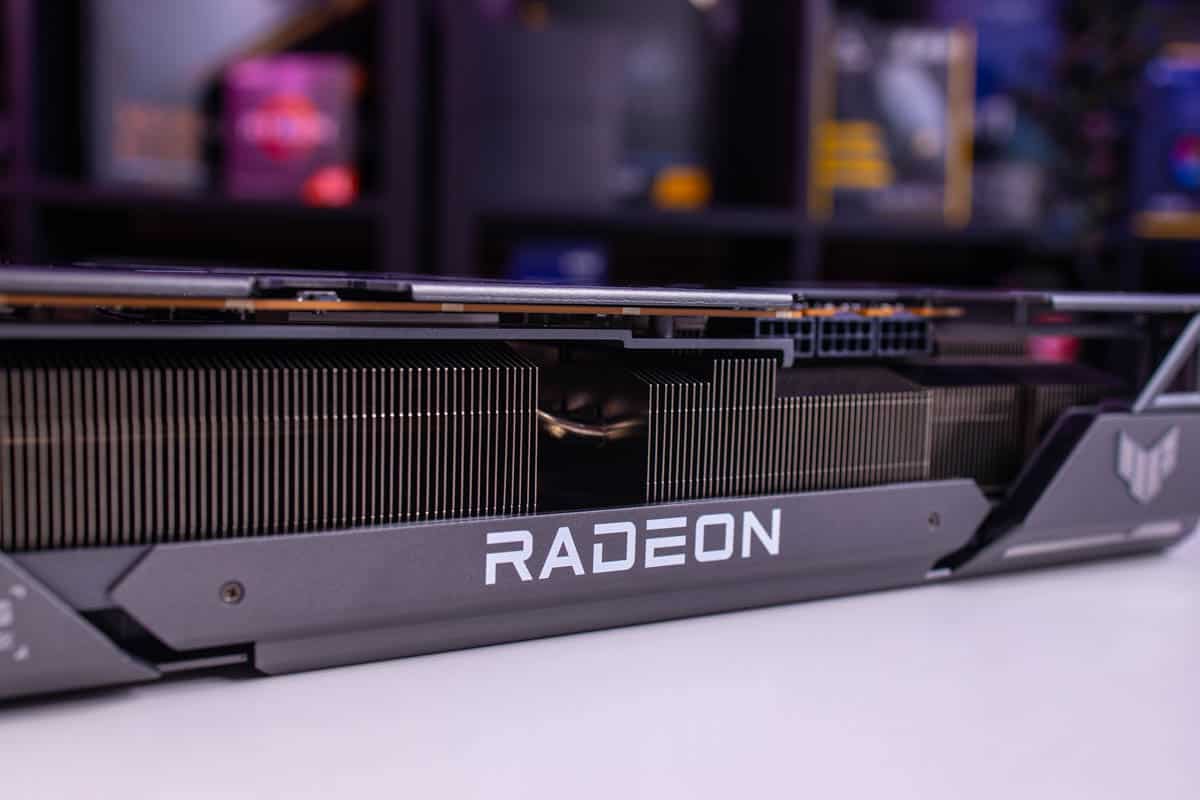
WePC is reader-supported. When you buy through links on our site, we may earn an affiliate commission. Prices subject to change. Learn more
Comparing the AMD Radeon RX 7600 vs 7600 XT, we can see how much difference the newer generation has to offer. With an update from RDNA 2 to 3 you can expect to see some improvements in general, but can it be enough to improve the tier to a higher level? That way you might be spending less to get similar performances.
The AMD Radeon RX 6700 XT came out later than the rest of the RX 6000 series. With a launch date of March 2021, it was a very nice 1440p card. The RX 7600 release date was May 2023, coming out close to the Nvidia GeForce RTX RTX 4060 Ti; this is therefore a much newer card, with a good two years between them, but at least one SKU lower than the 6700 XT. So, this being the case, how do the two cards match up? Is there a clear winner between the two? Let’s dive in and find out how they stack up!


Overclocked model for improved performance offering
Small size able to fit in most cases and avoids any sag
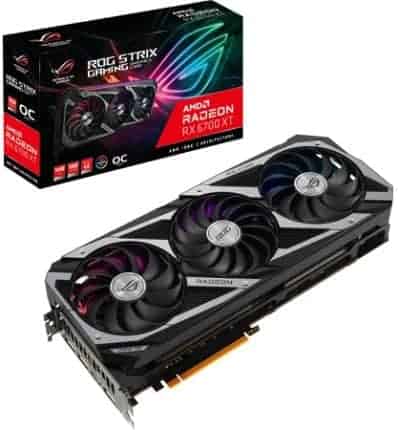
Great cooling solution
Best performing option
More expensive option
When looking at the best GPUs to pick from, what they are made of and how they work is a key consideration. And the architecture of them is the key change to look at. Comparing the RX 7600 vs RX 6700 XT is a bit easier as they are both AMD Radeon GPUs, but the generational improvement does limit that slightly and it’s not a one-to-one comparison.
The RX 7600 is on the newer RDNA 3 chip architecture. Specifically using the Navi 33 XL GPU variant, it is made with TSMCs 6nm process, it has a die size of 204mm² with 13.3 billion transistors. It only has a monolithic structure, unlike the flagship of the lineup. Whereas the RX 6700 XT is a Navi 22 XT processor in the RDNA 2 lineup. Made up of TSMCs 7nm process it has a 335mm² die size with 17.2 billion transistors.
| RX 7600 | RX 6700 XT | |
|---|---|---|
| GPU | Navi 33 XL | Navi 22 XT |
| GPU process | TSMC 6nm | TSMC 7nm |
| Shaders | 2,048 | 2,560 |
| Base clock | 1,720 MHz | 2,321 MHz |
| Boost clock | 2,655 MHz, 2,250 MHz game | 2,581 MHz, 2,424 MHz |
| Memory | 8GB GDDR6 | 12GB GDDR6 |
| Memory clock/bandwidth | 18 Gbps / 288 GB/s | 16 Gbps / 384 GB/s |
| Memory bus | 128-bit | 192-bit |
| TBP | 165W | 230W |
Comparing the specifications, we get a look at the base differences between the two. These provide good base info on what to expect between them and the changes offered.
The GPU cores are what you’ll find in the processor, with the clusters giving them different specialties. And so that’s where you have the stream processors for shaders and graphics, ray accelerators for ray tracing performance, that are separated into the compute units.
Between these two, we see a cut in the count of these. As the 7600 is a lower model option, it does offer a lesser number of cores. But the generational improvements in the architectures might give the 7600 a good improvement over what it can do with the limited hardware in it.
Now the frequency or clock speed is how fast those cores are running. The silicon die has this speed to process the graphics and instructions to create the final thing you see. And from the two options, we see a not too dissimilar spec of them.
Although the 6700 XT has a higher base clock, it’s not too important when it comes to gaming. But that’s what is used for when no load is used and helps with efficiency. Whilst the 7600 can reach a higher boost clock but the lower game clock. Although both can be overclocked to minimize the difference it’s useful for those extra couple of frames.
Now when it comes to VRAM or video memory, there are different things to consider. This is an important factor when it comes to the performance of the graphics card with higher resolutions. Since this is utilized as the buffer for those higher pixel counts and needs a good bandwidth to process it.
Between the two we see where the 6700 XT also takes the lead in what it can achieve. It has a 4GB more capacity of the same GDDR6, and although it is clocked 2Gbps slower, it has a higher memory bandwidth from the wider bus. So you can expect better performance at the likes of 4k. Plus it features three times the amount of AMD infinity cache to support it.
The typical board power, or what used to be the TDP, is what you can expect the GPU to draw in terms of electricity. The peak load of the 6700 XT is 65W higher at 230W. So it does mean the 7600 has a lower power draw and cooler costing you less over time. It also dictates the power supply you need for your build.
Now when it comes to the launch price of the reference card, there is a difference between the two. And the newer card as a lower model does come in cheaper. With an MSRP of $269, it is priced at $210 cheaper than the 6700 XT. However, now two years old you’re more likely to find discounts on it with a lot of options available between $300-400 on Newegg or Amazon. Instead of the $479, it launched at so it brings the difference down under $100 instead.
Comparing benchmarks, we can see the frame rates these cards achieve. We see the TechSpot review to see how they fare against each other. At 1080p and a 15-game average the RX 7600 achieves 88 FPS versus the 103 of the 6700 XT. While at 1440p they get 62 and 74 FPS, with 4k averaging 33 and 41 FPS respectively.
This means you do get playable frame rates at 1440p on both but the 6700 XT certainly beats it out in general. With high refresh rates only available at 1080p where they might breach 100 FPS. With the use of FSR and RSR, you could push its capabilities further. We saw in our RX 7600 XT review that the lower-tier AMD cards don’t hold up against the 4060 Ti, so the 7600 is a lower tier and doesn’t reach those 1440p levels you might want.
There are plenty of options to go for when going for a PC gaming build. And the new Navi 33 GPU is a good one to go for if you’re only after 1080p gaming. Although 1440p is certainly playable for good refresh rates you might want a stronger card like the 6700 XT. But there are no features you’ll be missing out on by going for the older choice that you can save money on and get a higher performance. As AMD doesn’t limit its software RSR and FSR are open to all of its GPUs you can push it further to match your monitor.

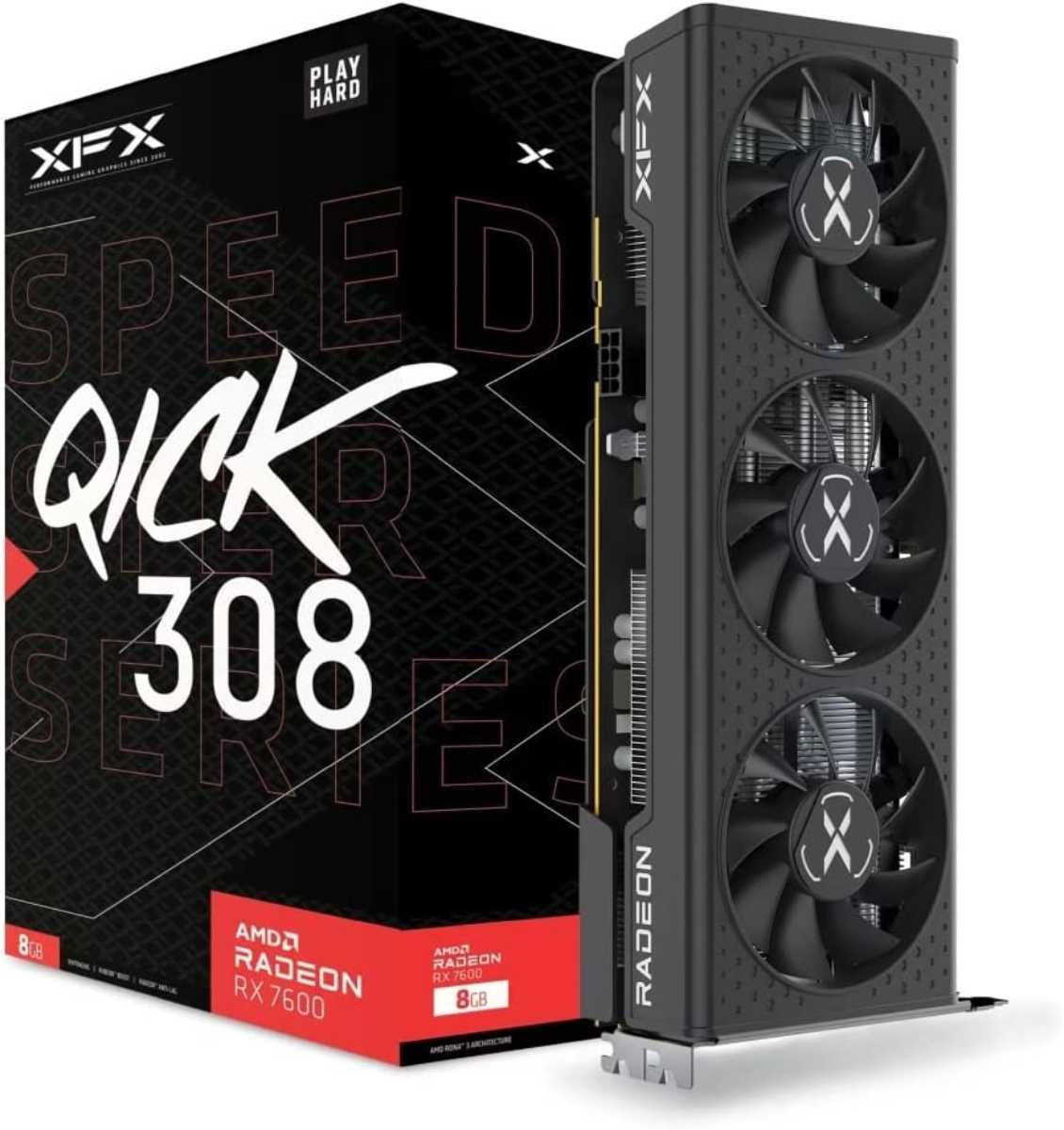
A big boost in clock rate boost
Rather long card for the low TBP so might be inconvenient
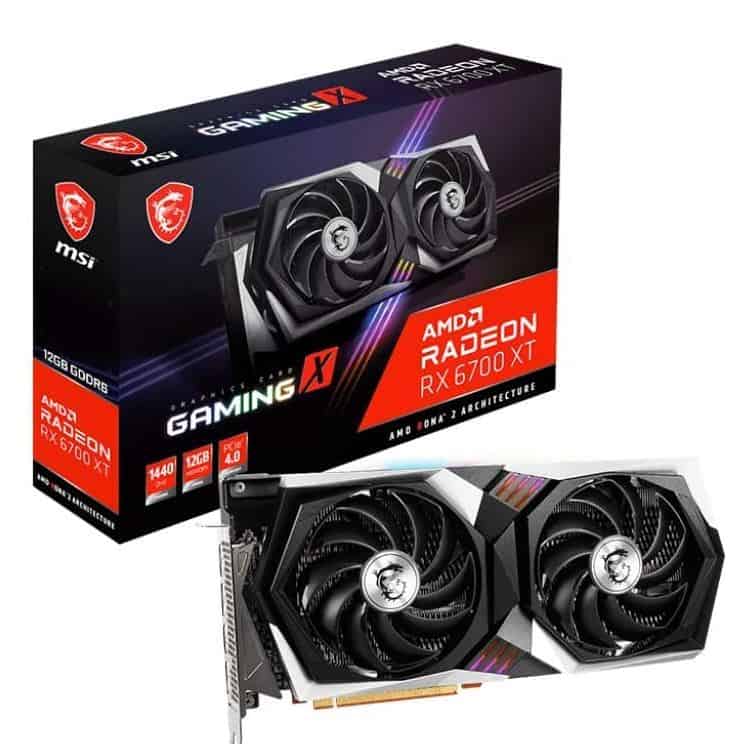
Smaller in size than some optioons
Cheaper yet still powerful
More basic design
The RX 7600 has a boost clock 3% higher than the 6700 XT. But it is slower in other frequencies. With a 7% lower game clock, and a 25% lower base frequency.
At 1080p, the RX 6700 XT is 17% faster than the RX 7600. Along with a 19% higher framerate at 1440p, and 25% better at 4k. Although that is less than 60 FPS, so not ideal and 1440p is the more appropriate resolution to play at.